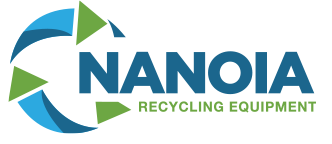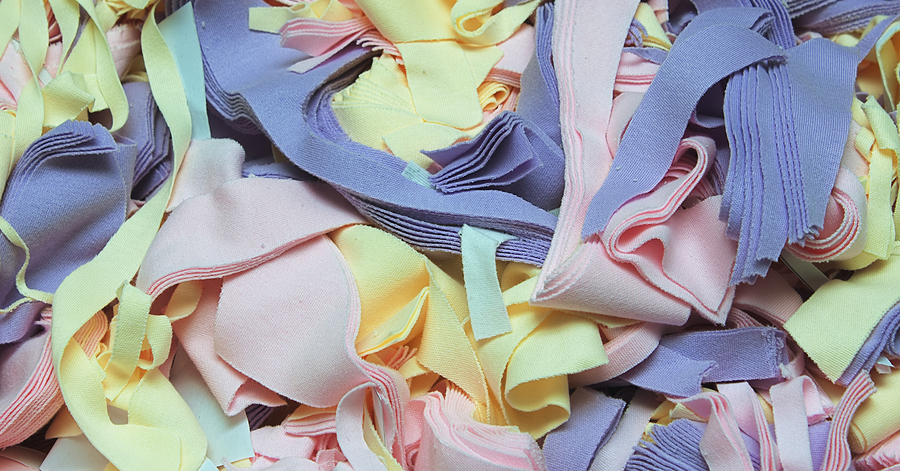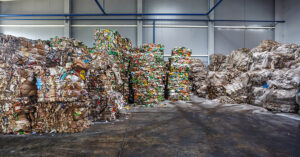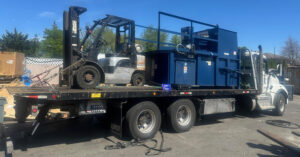The Challenge of Textile Waste
New York, a global fashion hub, is also a significant contributor to textile waste, which includes everything from unsold clothing and fabric scraps to worn-out garments.
Traditionally, a large portion of this waste has ended up in landfills, contributing to environmental pollution and resource depletion.
However, with the textile recycling industry gaining momentum, new opportunities for waste diversion and resource recovery are emerging.
How Balers Aid in Textile Recycling
- Compaction and Volume Reduction: Balers compress loose textiles into compact bales, significantly reducing the volume of waste. This compaction makes it easier to handle, store, and transport the materials to recycling facilities. By reducing the space needed for storage and the cost of transportation, balers make the recycling process more economically viable and environmentally friendly.
- Improving Sorting Efficiency: In the recycling process, sorting different types of textiles is crucial for quality control and determining the appropriate recycling pathway. Balers can be used after the initial sorting to manage different categories of textiles more effectively, keeping them uncontaminated and ready for further processing.
- Facilitating Downstream Processing: Once compacted, baled textiles are easier to process in recycling facilities. Whether they are being shredded into insulation, carpet padding, or processed back into reusable fibers, bales provide a consistent, manageable form that fits seamlessly into industrial recycling operations.
The Impact of Balers on New York’s Recycling Goals
- Supporting Local Legislation: New York has set ambitious recycling targets to reduce landfill use and increase sustainability. By improving the efficiency of textile recycling, balers help businesses and municipalities meet these regulatory requirements and contribute to the state’s environmental objectives.
- Economic Benefits: The use of balers in textile recycling not only supports environmental goals but also offers economic benefits. By turning textile waste into a resource, businesses can tap into new revenue streams from recycled products and materials. Additionally, the operational savings from using balers (in terms of reduced transportation and storage costs) can significantly boost the profitability of recycling operations.
- Educational and Community Engagement: Balers serve as a tangible demonstration of recycling technology, making them excellent tools for educational purposes. Schools, community centers, and businesses in New York can use balers as part of educational programs to raise awareness about recycling and encourage community participation in sustainability efforts.
Looking Forward: Balers and the Future of Textile Recycling
As New York continues to advance its sustainability agenda, the role of balers in textile recycling will likely grow. Innovations in baler technology could lead to even more efficient designs, tailored specifically for the challenges of textile materials.
For businesses in the textile industry, investing in balers is a step toward not only compliance with environmental regulations but also leadership in the sustainable management of resources.
Ready to contribute to a more sustainable New York?
Contact Nanoia today to learn how our balers can transform your textile waste into a valuable asset for recycling and reuse. Together, we can make a tangible impact on the environment and pave the way for a greener, more sustainable future.






